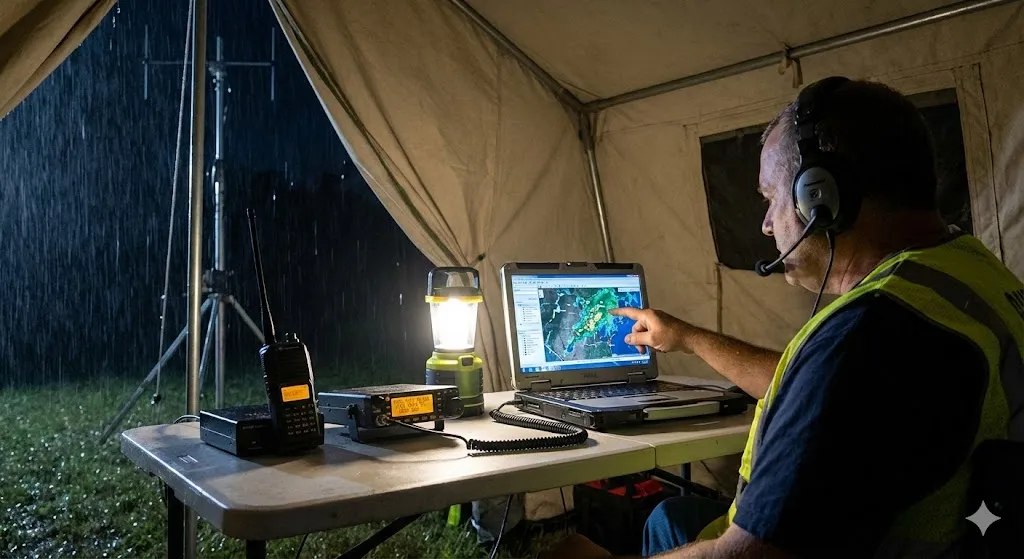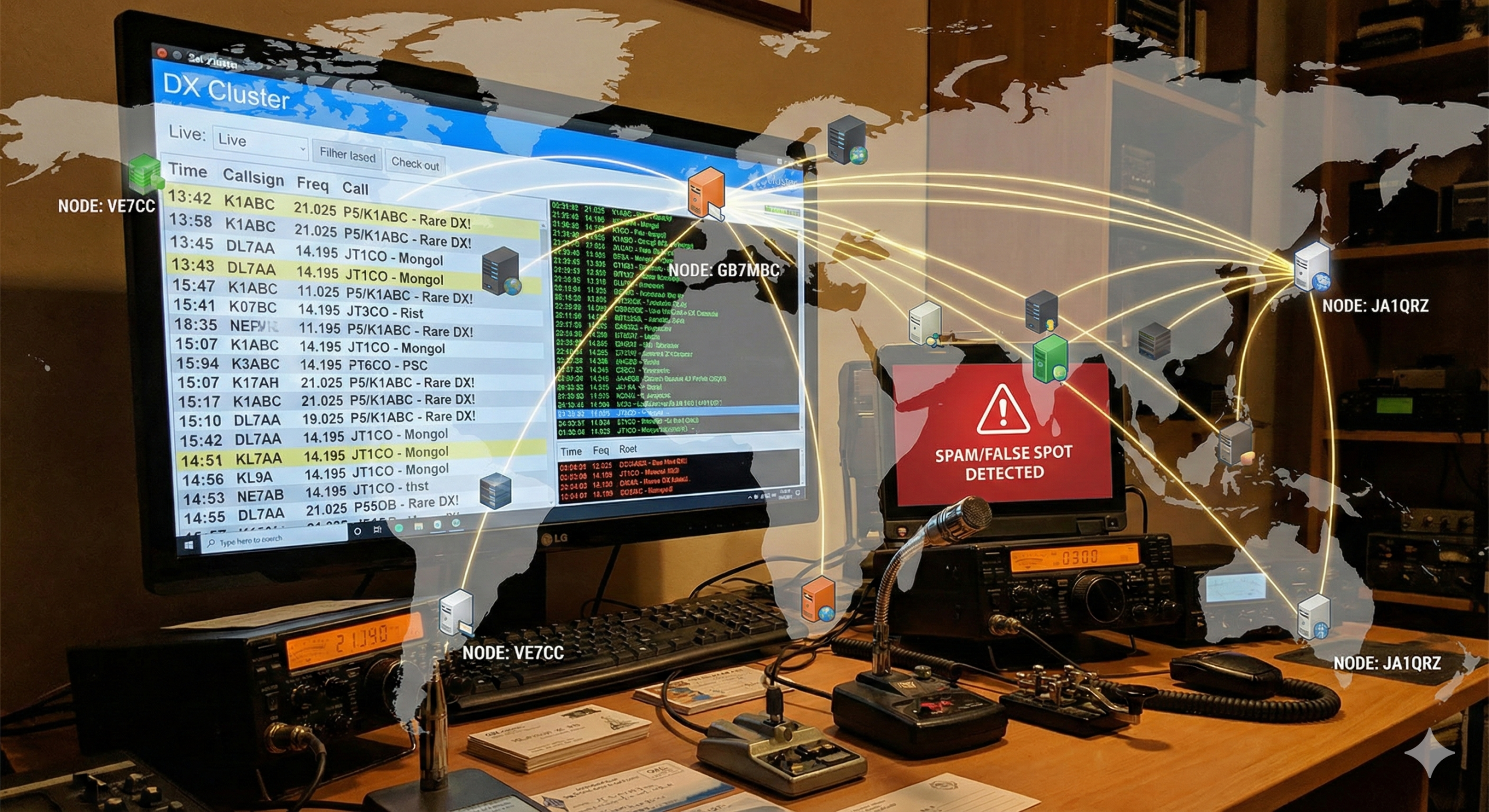Crafting an Effective Amateur Radio Club Constitution: Key Elements and Best Practices
Introduction:
Amateur radio clubs serve as valuable hubs for enthusiasts to connect, share knowledge, and collaborate in their passion for radio communication. A well-structured constitution provides a solid foundation for these clubs, outlining their purpose, structure, and operational guidelines. In this blog post, we delve into the essential elements and best practices for creating an effective constitution for an amateur radio club.
SEO Keywords: Amateur radio club, constitution, club governance, operational guidelines, club structure
- Defining the Purpose and Objectives:
The constitution should clearly articulate the purpose and objectives of the amateur radio club. This section outlines the club’s mission, its commitment to promoting radio communication, fostering camaraderie among members, and any other goals specific to the club’s activities. A well-defined purpose sets the tone and direction for the club’s operations and helps attract like-minded individuals. - Membership and Club Structure:
The constitution should outline the membership criteria, rights, and responsibilities of club members. It should specify the different membership categories, such as full members, associate members, or honorary members, and the process for joining or renewing membership. Additionally, the constitution should define the organizational structure of the club, including positions, committees, and their respective roles and responsibilities. - Governance and Decision-Making:
An effective constitution establishes the governance framework for the amateur radio club. It should outline the procedures for electing club officers, term limits, and how decisions are made within the club. This section may include details on meetings, voting procedures, and the formation of committees or working groups. Clarity in governance helps ensure transparency, accountability, and smooth functioning of the club. - Financial Matters:
The constitution should address financial matters, including the club’s financial management policies and procedures. This may include guidelines for membership dues, fundraising activities, budgeting, and financial reporting. It should also outline any limitations or requirements for the use of club funds and assets. Proper financial management ensures the club’s sustainability and transparency in financial transactions. - Code of Conduct and Disciplinary Procedures:
A well-crafted constitution includes a code of conduct that sets expectations for member behavior, fostering a respectful and inclusive environment within the amateur radio club. It may also outline disciplinary procedures, including measures for addressing misconduct or violations of the club’s rules and regulations. Having a code of conduct promotes a positive club culture and helps resolve conflicts effectively. - Amendment and Review Process:
The constitution should include provisions for amending the document to accommodate changes in the club’s needs or evolving circumstances. It should outline the process for proposing and approving amendments, including the required majority or quorum. Regular review of the constitution ensures its relevance and adaptability to the club’s evolving objectives and membership.
Conclusion:
Crafting a comprehensive and well-thought-out constitution is crucial for the successful governance and operation of an amateur radio club. A robust constitution establishes the purpose, structure, and guidelines that guide the club’s activities and foster a vibrant community. By addressing key elements such as purpose, membership, governance, financial matters, code of conduct, and amendment processes, an amateur radio club can lay a solid foundation for growth, collaboration, and enjoyment within the hobby.







Post Comment